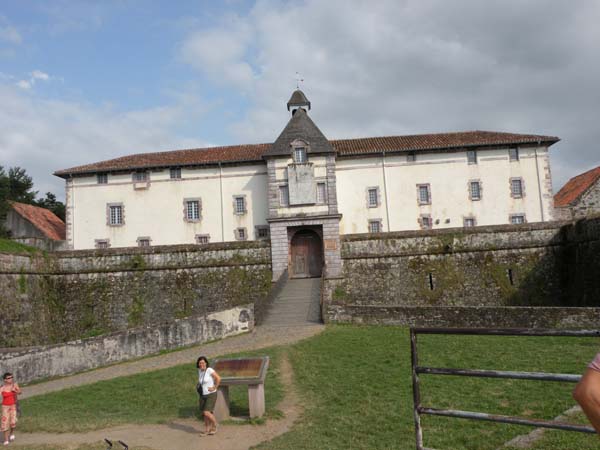
Pilgrimages are still quite existent up to this very day, and practically every major religion in the world practices these as a form of penitence and spiritual gratification. The Christian community of the world constantly takes part in this practice, with several people from various countries coming together to seek enlightenment of the soul, body and mind. One of the most popular spots for pilgrimages is the Santiago De Compostela, which is located in northern Spain. There are various routes to be taken as pilgrim’s head their way to the place where St. James’ remains is said to be entombed. One of the most oft-taken paths for many travellers is the Camino Sliver route, which is 1000 kilometres in total distance. It starts from Seville, leading all the way through Caceres, Salamanca & Zamora. Continuing towards Astorga, pilgrims can then reach Santiago through the camino frances, which is another pathway. Every year, there are about over a thousand people from all over the world traveling here to either walk the path of St. James in search of God, or even just to take part in a highly challenging trekking adventure. To best equip travellers, below are some essential pieces of information:
- For people who are worried about getting lost from the path leading to Santiago, they shouldn’t worry. All over the camino, there are several yellow arrows which serve as waypoints for people to follow. These way points lead all the way to Santiago, ensuring that pilgrims don’t lose direction of their intended destination.
- The terrain itself is quite undulating, and not very difficult to cross, unlike Astorga. However, the distances from own one town or village to another is quite long. It may even prove strenuous for travellers, so to speak, right after reaching the borders of Zamora and Galicia. There are a lot of steep descents and climbs to overcome, especially at the Padornelo and A Canda passes, both going well beyond 1,200 meters. Of course, there are certain resources such as maps to be found on the internet which can provide planning travelers and pilgrims with a more detailed look into these passes.
- The weather in the Camino Sliver can get hot during the summer. The southern areas are quite humid and intense in temps, although the further one gets to the north; it will get a lot cooler. Traveling to this route is best during the months of April to June, especially when there are a lot of wildflowers blooming in the area. September until October is also recommended.
- There are a lot of sights to see down the path, especially significant attractions such as cathedrals, churches and even museums to keep people informed and knowledgeable of the pilgrimage’s history.
These are just some of the things that travellers and pilgrims alike can look forward to in the Camino Sliver route. These vital pieces of information should keep all those wanting to head down to Spain prepared for the many challenges that may lie ahead.

